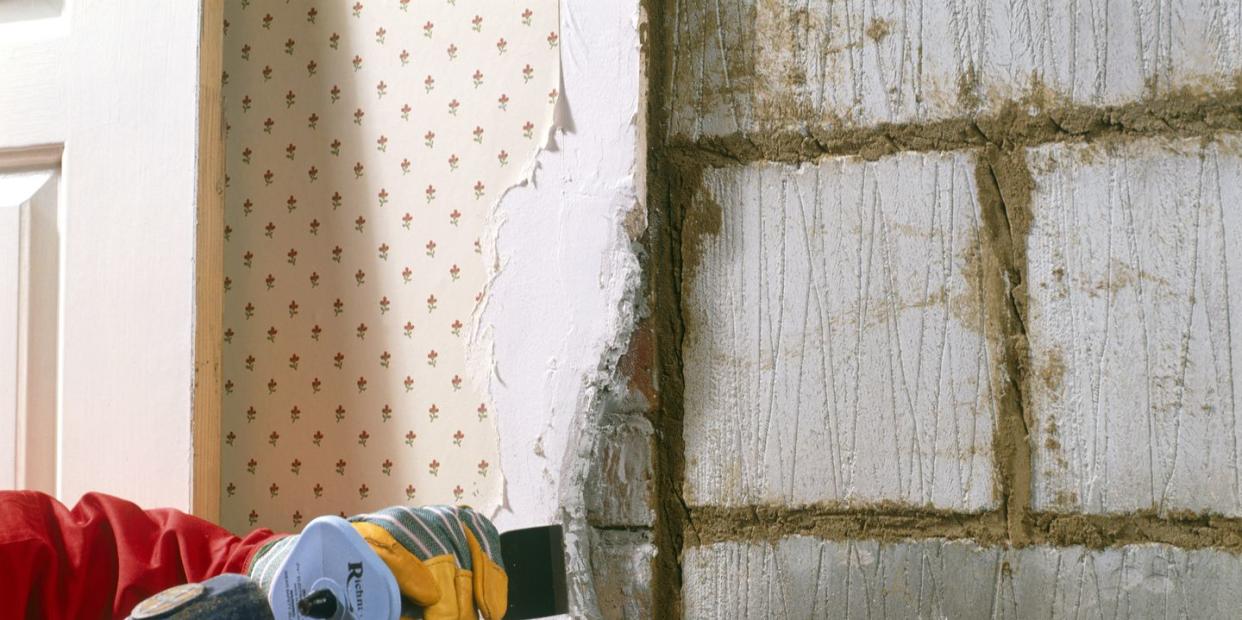Can You Paint Over Wallpaper?

Picture this: You've snagged your dream home and are ready to set about making it your own, but there's one snag. The former tenant went a little wild with 1980s-era wallpaper, leaving you with allover pattern you're not quite sold on. Can you just...paint over it?
Unsure of the answer, I tapped someone with a whole lot more expertise than I have: Jessica Pleasants, a general contractor of Godwin Residential Construction. "Well, here's what I would tell a client," she said. "It's not best practice. The best way would definitely be to take down the wallpaper, prime, and paint."
But what if I'm a short-term renter? What if I don't have time or interest in the sometimes painstaking process of removing wallpaper or don't want to risk harming the wall behind it? It is possible, says Pleasants.
She points out that in most cases, this would happen in a commercial setting-where developers don't have the patience to remove yards upon yards of wallpaper-but the method can be applied residentially.
First of all, she strongly urges you to work with a professional painter, as this project isn't your standard room recolor. Next, a few warnings:
One, if you want to take the paper down eventually, it's best to just bite the bullet and do that now; painting over it is no short-term solution. In fact, paint on top of wallpaper will make it much harder to remove the wallpaper down the line.
You'll also want to take a good look at the texture of your wallpapered wall. "If the paper itself has texture you can expect to see it through the paint," she points out. "Even if there’s no texture, you’ll see any damage, ripples, or seems." As such, Pleasants warns that its best to cut any peeling or rippled parts of the paper, sand them, and fill in the wall-as a painter would for any kind of damaged wall.
Next, you'll want to prep the wall the same way you would for any paint job: Make sure the wall is clean and dust-free, then invest in a good primer to go on ahead of your chosen paint color. Far from being an optional precursor, Pleasants says, this step is key. "The more time you spend on the prep, the better it will look," she says.
And if after all that you're thinking maybe you're just better off removing it? We've got you covered.
('You Might Also Like',)

